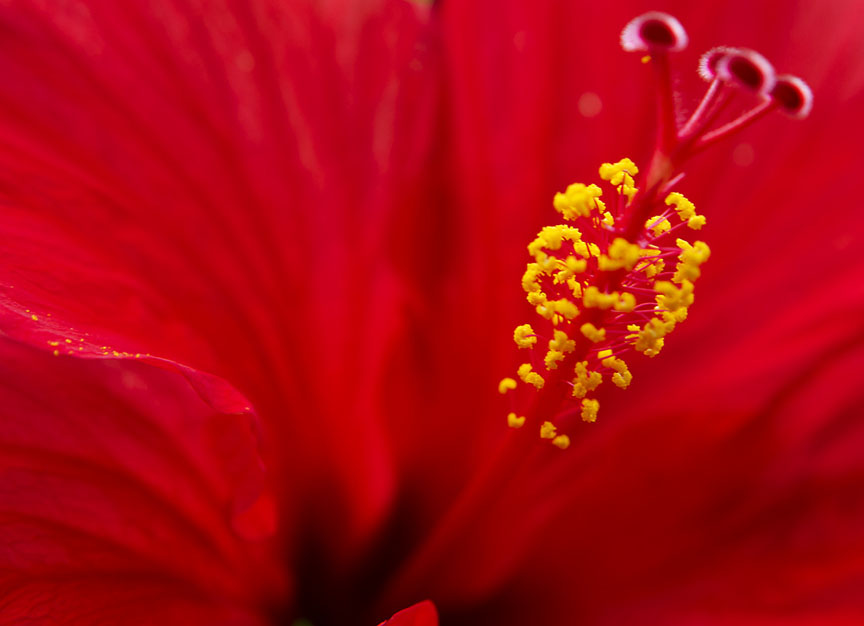Picky Flowers Let Just Enough Pollen In

Flowers are models of logistical efficiency when getting it on. Nature's icons of romance manage the distribution of sperm with industrial precision, a new study shows.
The delicate beauty that is a flower is actually an evolutionary powerhouse; they have reproduced prolifically enough to dominate the earth.
Flower sex is as follows: Hundreds of sperm-carrying pollen grains stick to the stigma, a part of the plant suspended in the middle of a flower, and quickly grow a tube down a long shaft toward two egg-like female sex cells. For the plant to succeed, exactly two sperm should reach the two sex cells — no more, no less.
The new study found that flowers have evolved an elegant safeguard system to ensure that only the minimum necessary number of pollen tubes will reach each ovule, making sure their eggs don't get doubled over with sperm.
"There is a mechanism that prevents too many pollen tubes from delivering too many sperm," study researcher Mark Johnson, of Brown University, said in a statement. "But the other cool thing is that there is also a way to salvage fertilization if the first father is a dud."
Normally the successful fusion of sperm and female gametes immediately terminates the signaling that attracts pollen tubes to the ovule, a finding by first author, a graduate student in Johnson's lab.
"Previous models had said that pollen tube entry was sufficient — that once one pollen tube entered, others would be repelled," study researcher Kristin Beale, also of Brown University, said. "But we show it's the process of gamete fusion."
Sign up for the Live Science daily newsletter now
Get the world’s most fascinating discoveries delivered straight to your inbox.
Added Johnson: "Until fusion has happened, there's no guarantee that you'll have successful seed formation."
The study was published today, May 17, in the journal Current Biology.
The researchers used genetic mutants that produce either dud sperm or healthy sperm into flowers. Only if duds were sent in did more than two pollen tubes sprout. The flowers blocked the progression of multiple tubes if the first two shooters were fertile, but if they got a dud they let the sperm kept coming.
"We did not observe ovules that were targeted by two pollen tubes carrying wild-type sperm," the authors wrote in the paper. "Ovules first targeted by defective sperm can attract additional pollen tubes, but when wild-type sperm are attracted, subsequent pollen tubes are blocked."
The flower's fertilization system appears to guarantee that virtually every ovule will have exactly the right amount of healthy sperm. By employing this newly understood mechanism, flowers thereby become the most prolific they can be.










